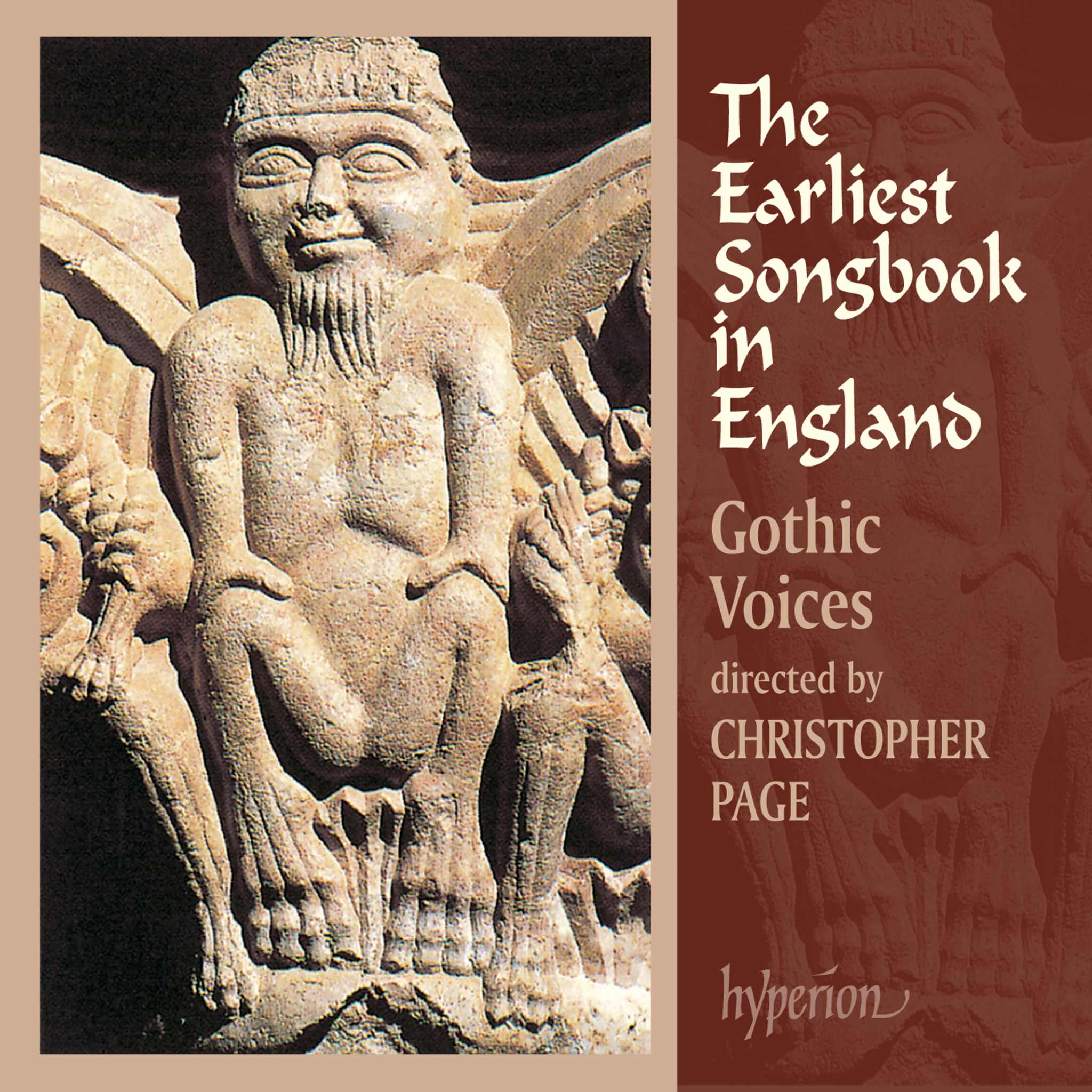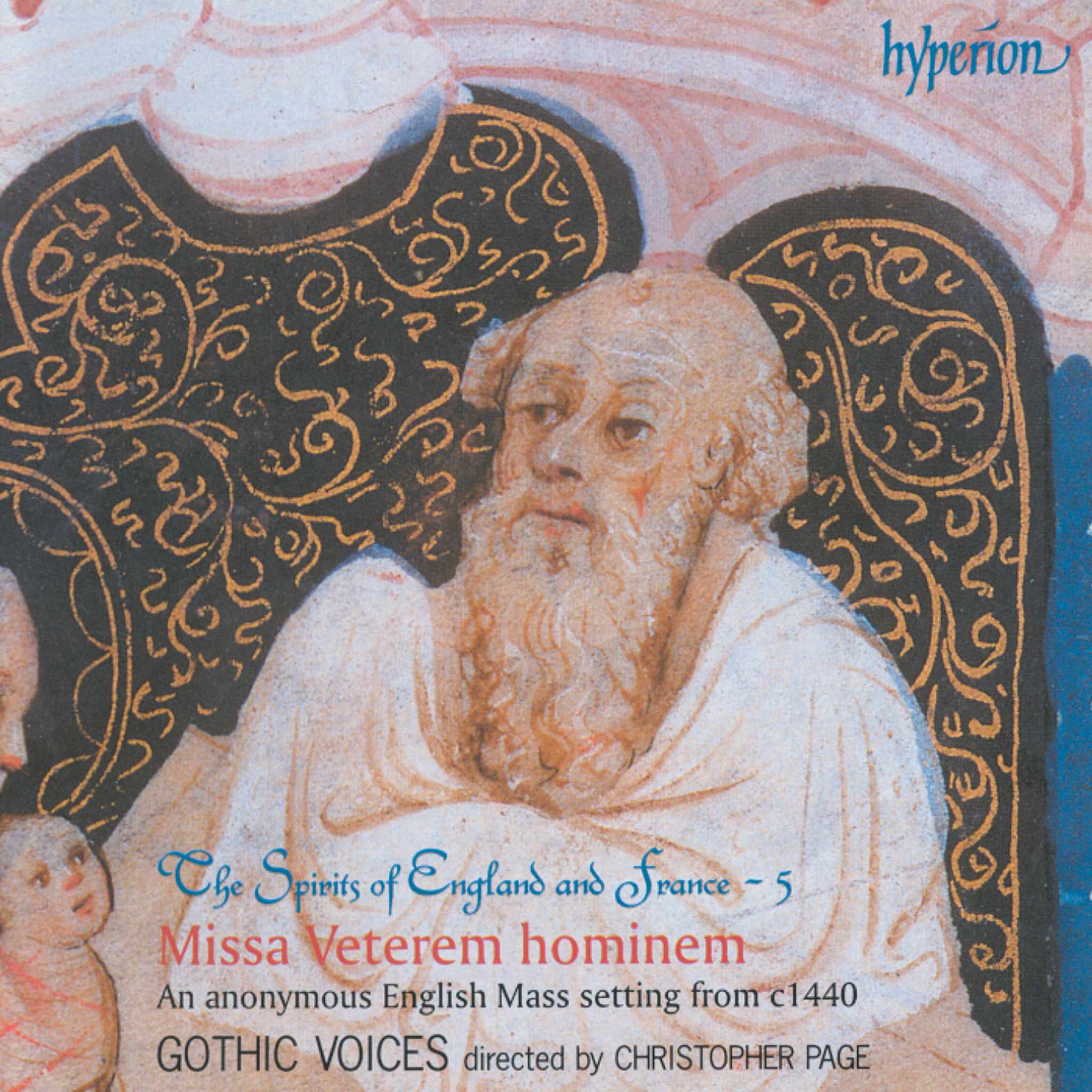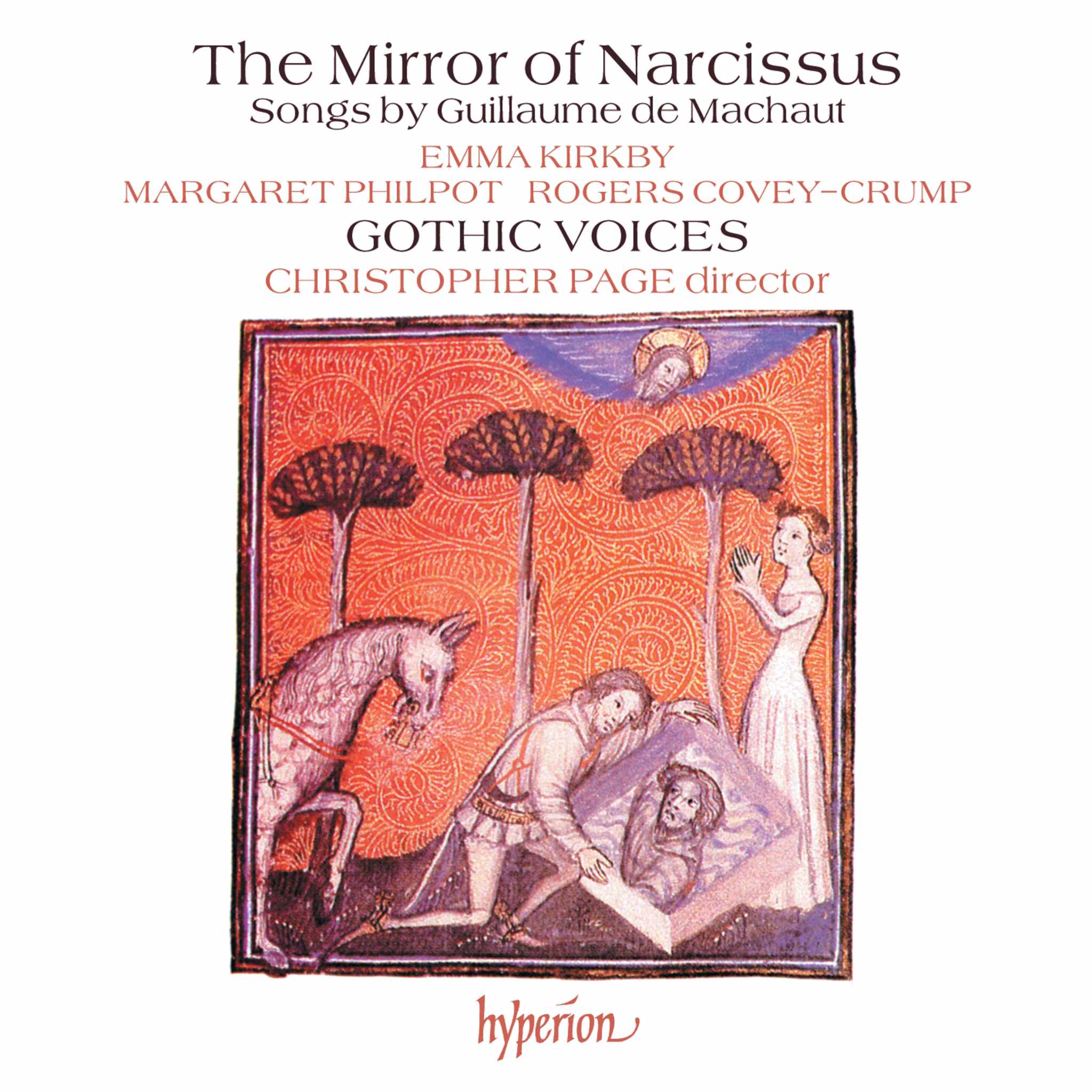Album insights
At the young age of almost 17, Benjamin Britten commenced studies at the Royal College of Music in London in September 1930, thanks to a scholarship. Although officially under the tutelage of John Ireland for composition, he found more inspiration from Frank Bridge, who had provided him with private lessons for three years before Britten moved to London from East Anglia. Britten's early works like the Quatre Chansons françaises for orchestra were a product of his collaboration with Bridge, showcasing his talent while still a youth. As he matured in his composing style, Britten believed this shift began with his Sinfonietta, Chorale Variations A Boy was Born, and the politically charged song cycle Our Hunting Fathers.
During his penultimate year at the Royal College of Music, Britten composed the extensive Double Concerto in B minor for violin, viola, and strings between March 9 and July 1, 1932. Despite moments of frustration evident in his diary entries, Britten succeeded in completing each segment of the concerto before setting it aside to focus solely on his Sinfonietta.
The Double Concerto faced a long delay before its premiere on June 15, 1997, at the 50th Aldeburgh Festival. The work, performed by Katherine Hunka and Philip Dukes with the Britten–Pears Orchestra conducted by Kent Nagano, showcased Britten's evolving style. Colin Matthews, while adapting Britten's manuscript for a full orchestral score, noted the composer's disillusionment with the performance culture at the Royal College of Music. Britten's diary entries highlighted his dismay with the rehearsals for his Sinfonietta, calling them "horrible noises" and expressing disappointment in the ensemble's performance quality.
Despite initial frustrations, Britten's Violin Concerto represented a new level of maturity in his music, particularly evident in the expansive Passacaglia finale. The work was well-received at its premiere in the New York Times, though British critics later critiqued its complexity when it was first performed in the UK.
Among Britten's significant works was Lachrymae, created in April 1950 for violist William Primrose. Originally composed for viola and piano and later arranged for a small string ensemble, Lachrymae showcased Britten's diverse musical influences and personal connection to the viola. The blending of variations in the piece reflected Britten's sophisticated musical structure acquired in the 1930s and 40s, ultimately highlighting his embrace of English musical heritage.









